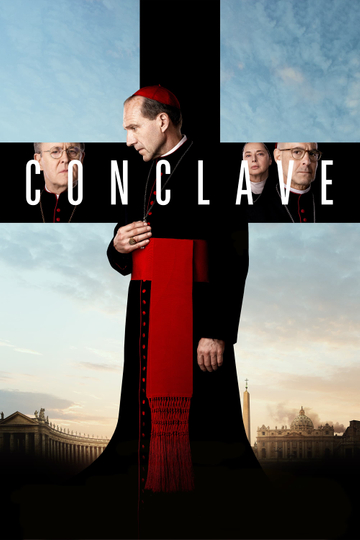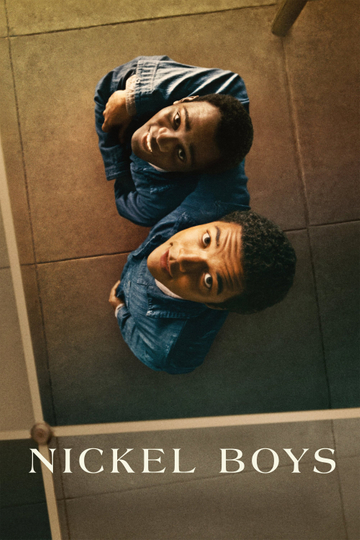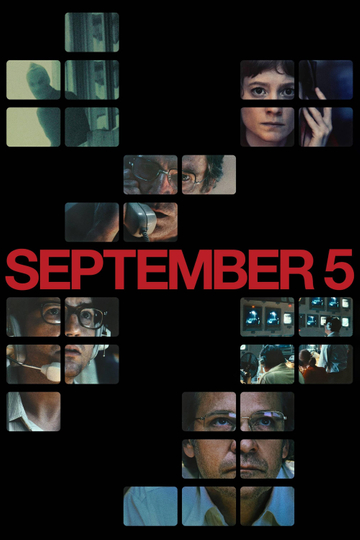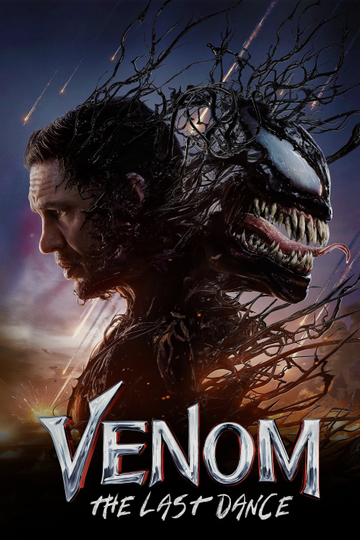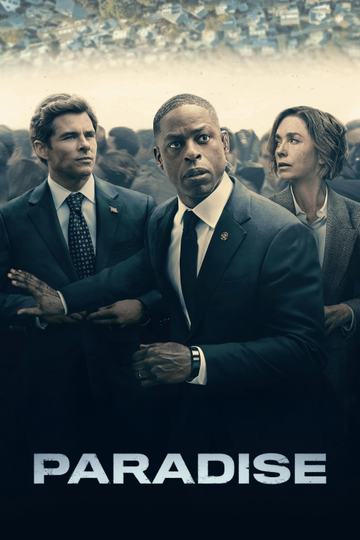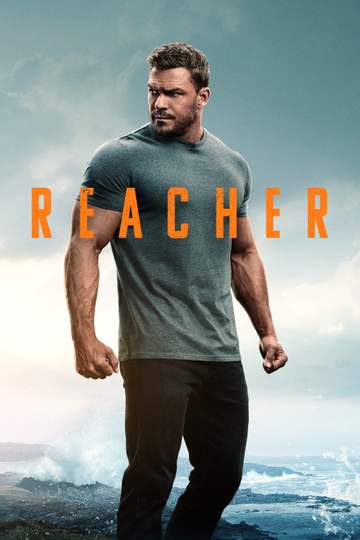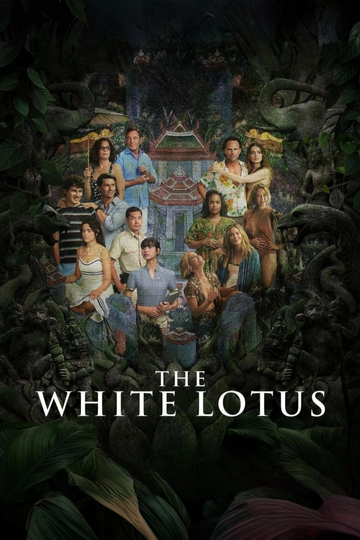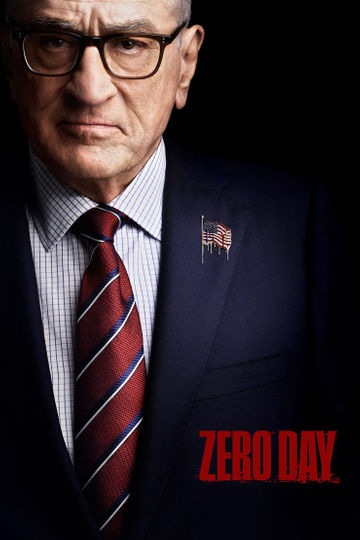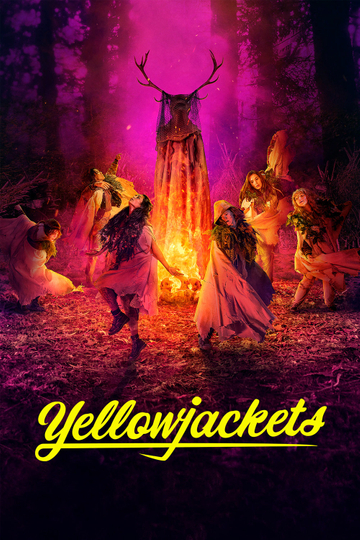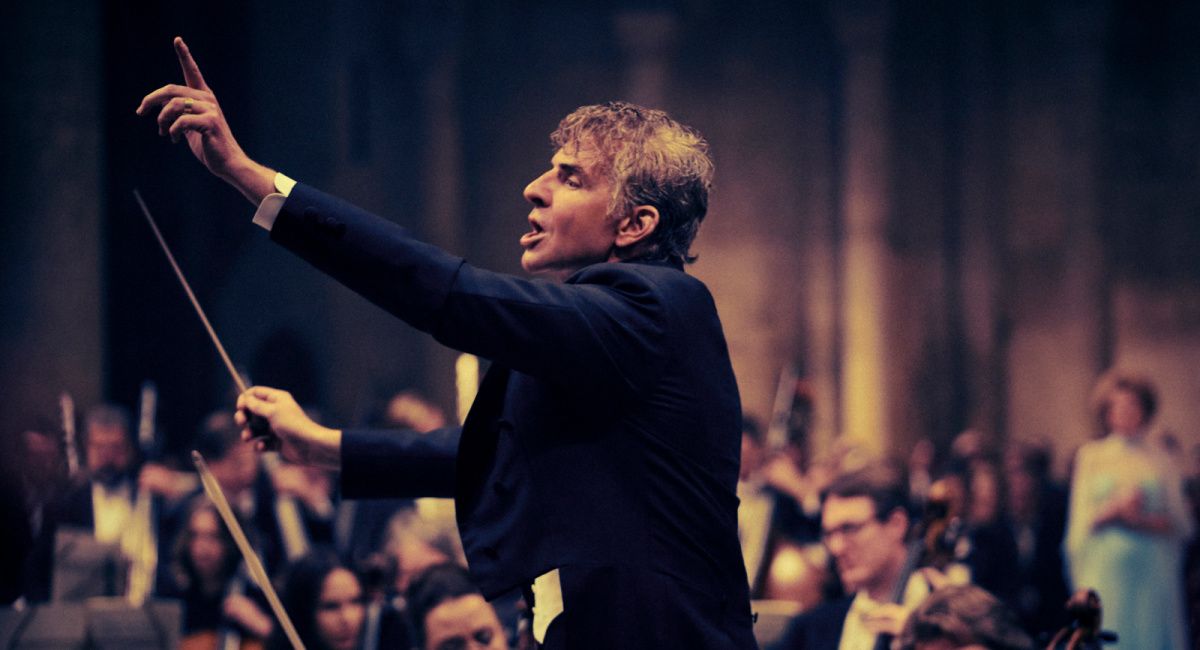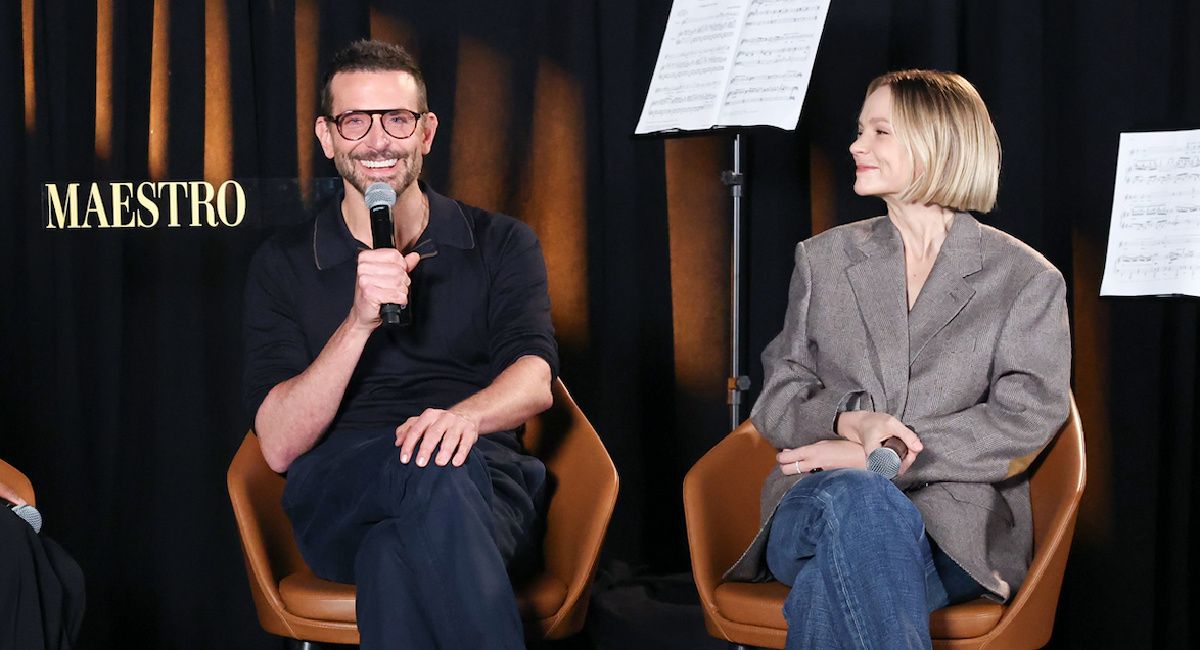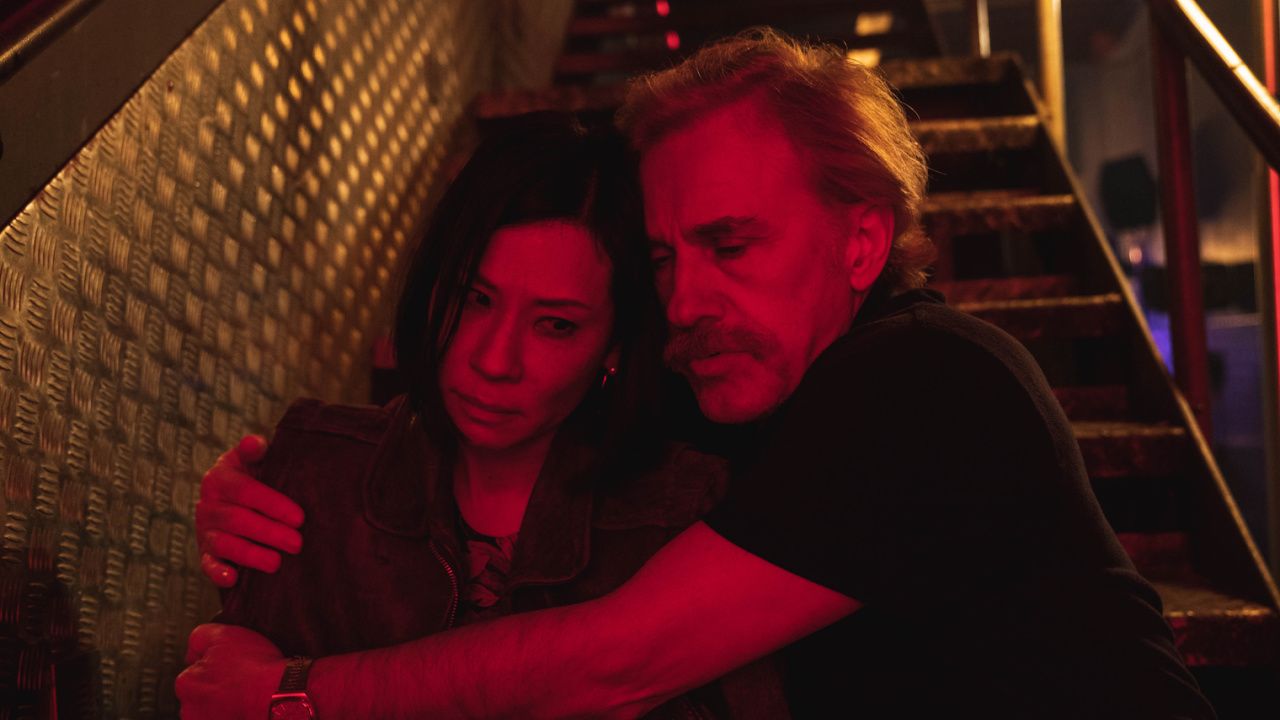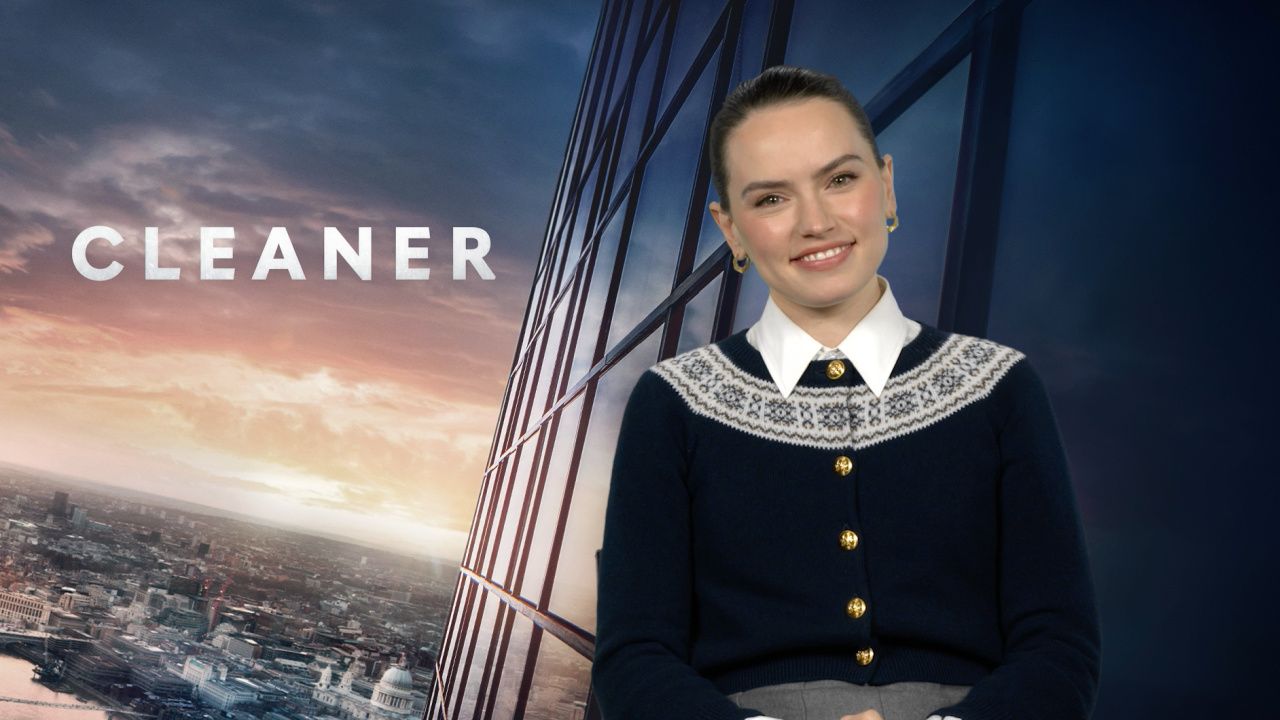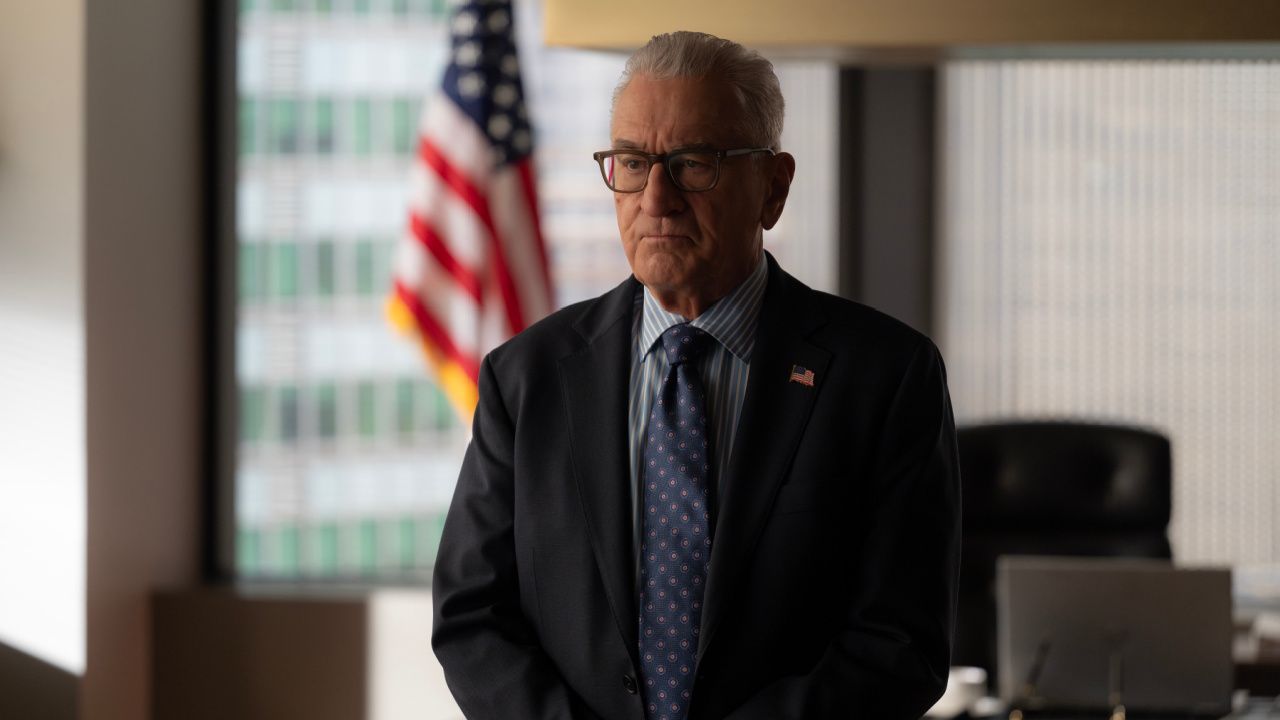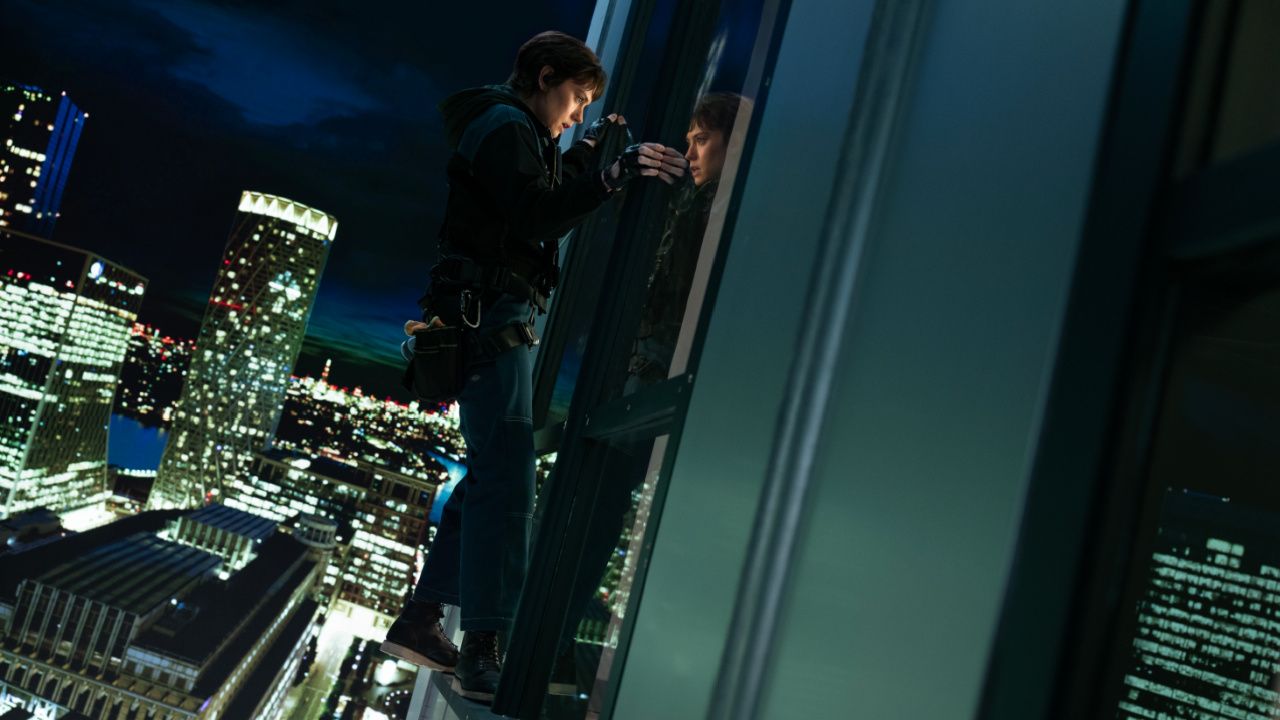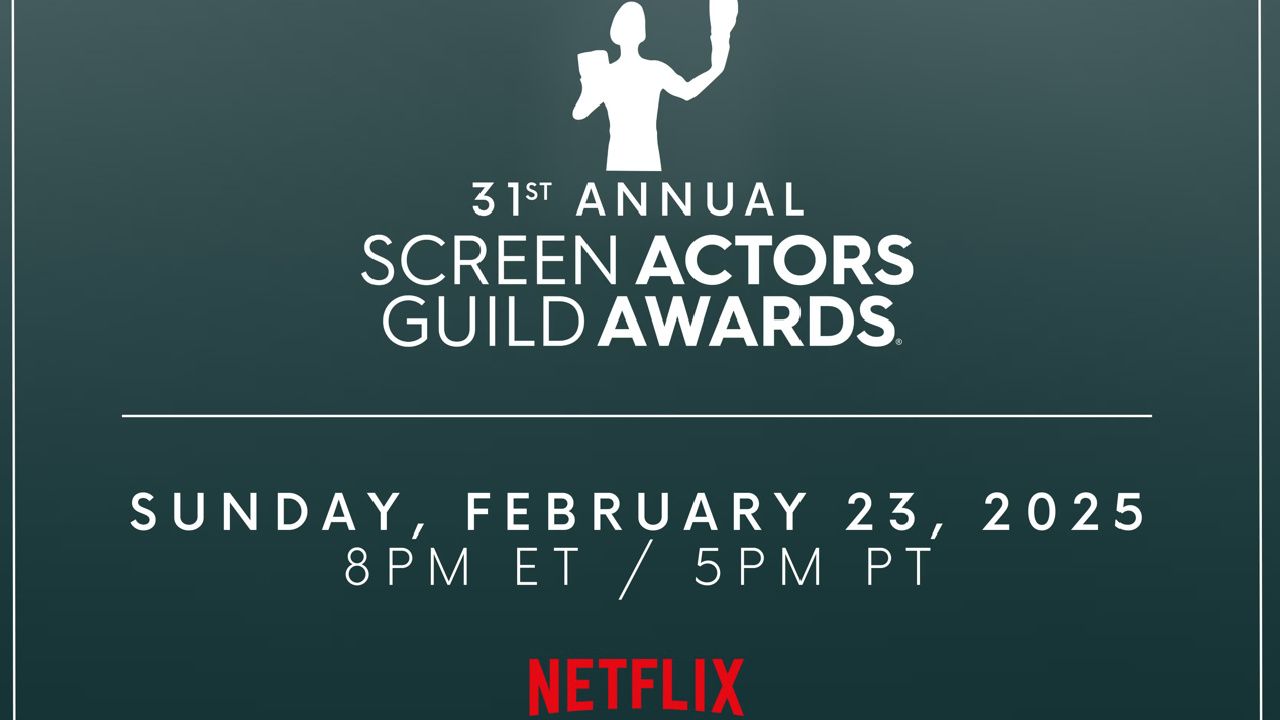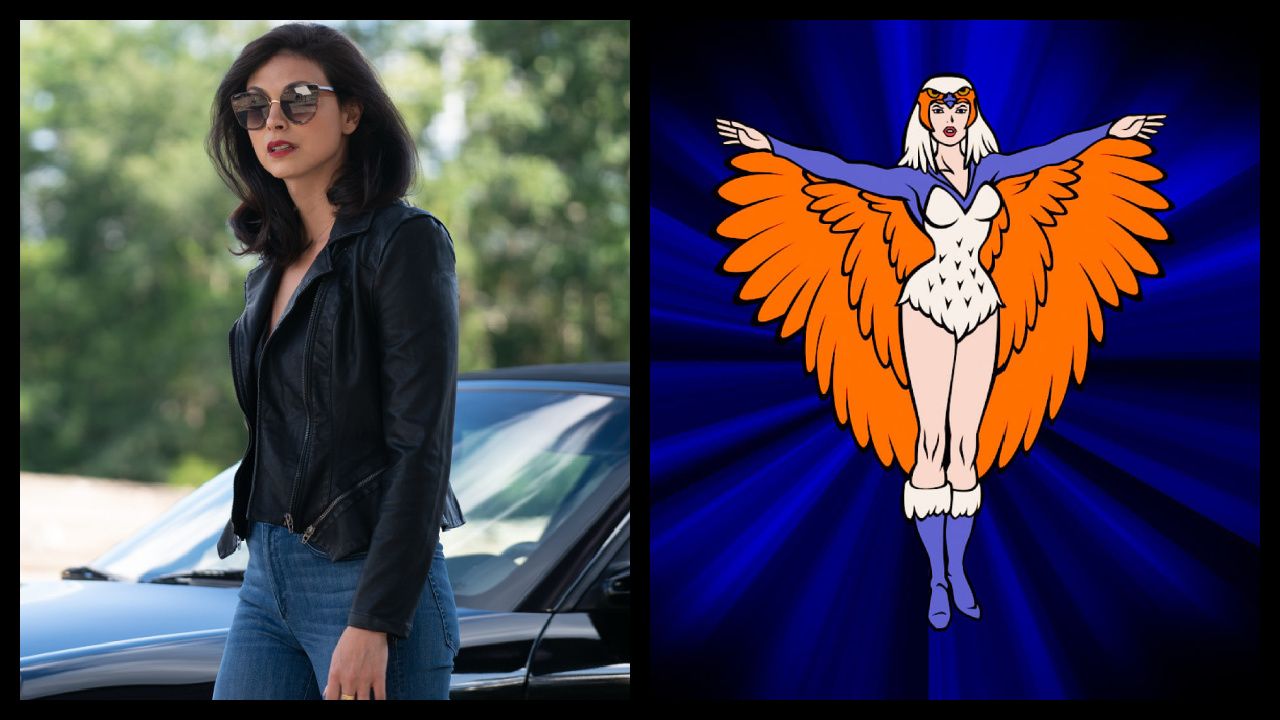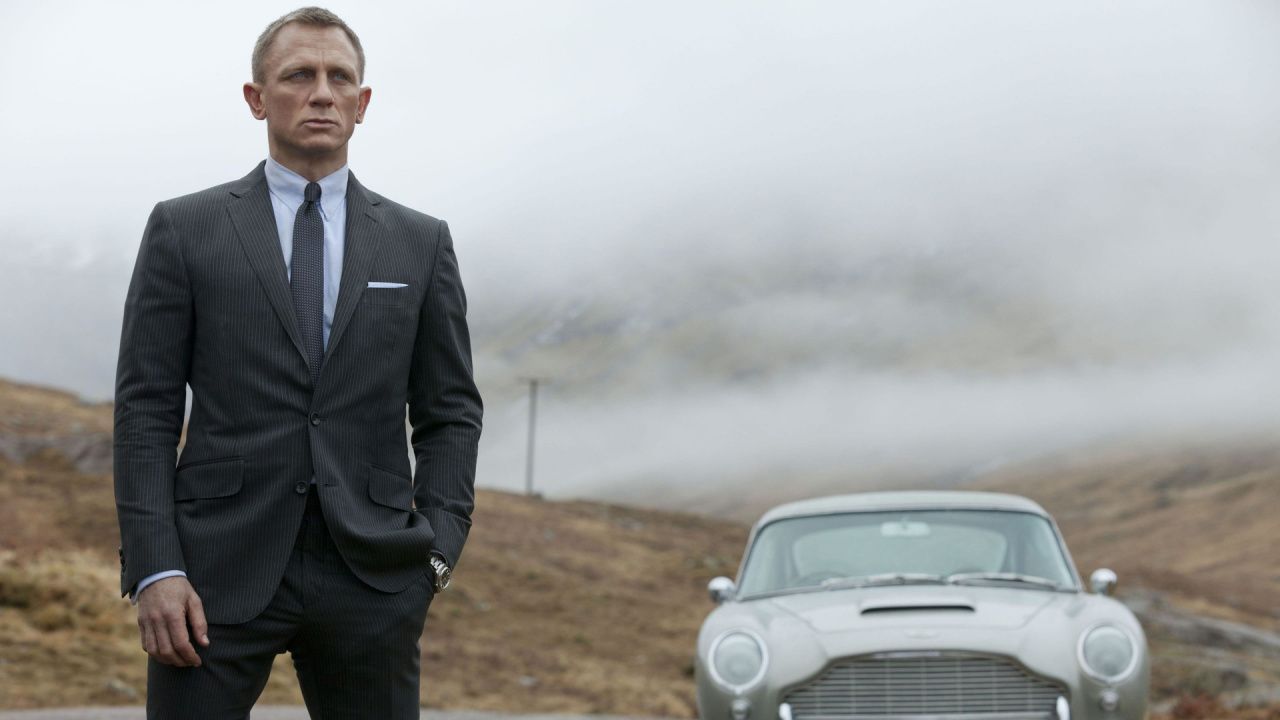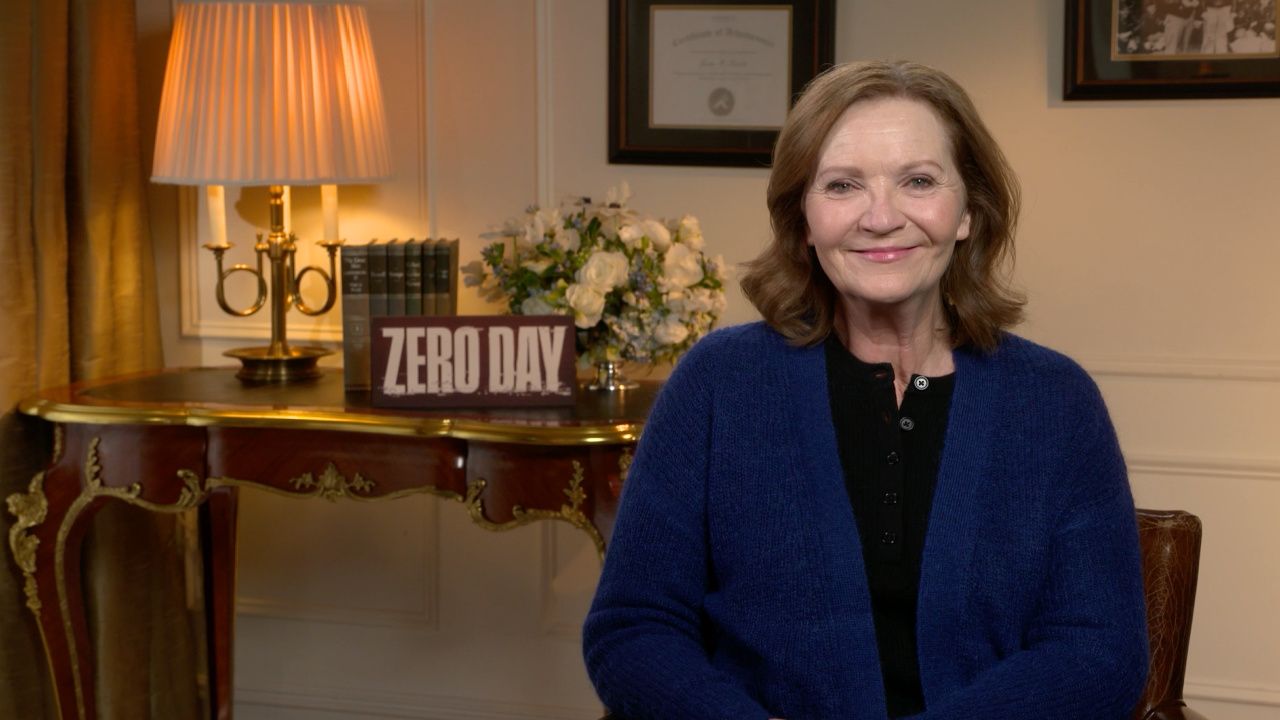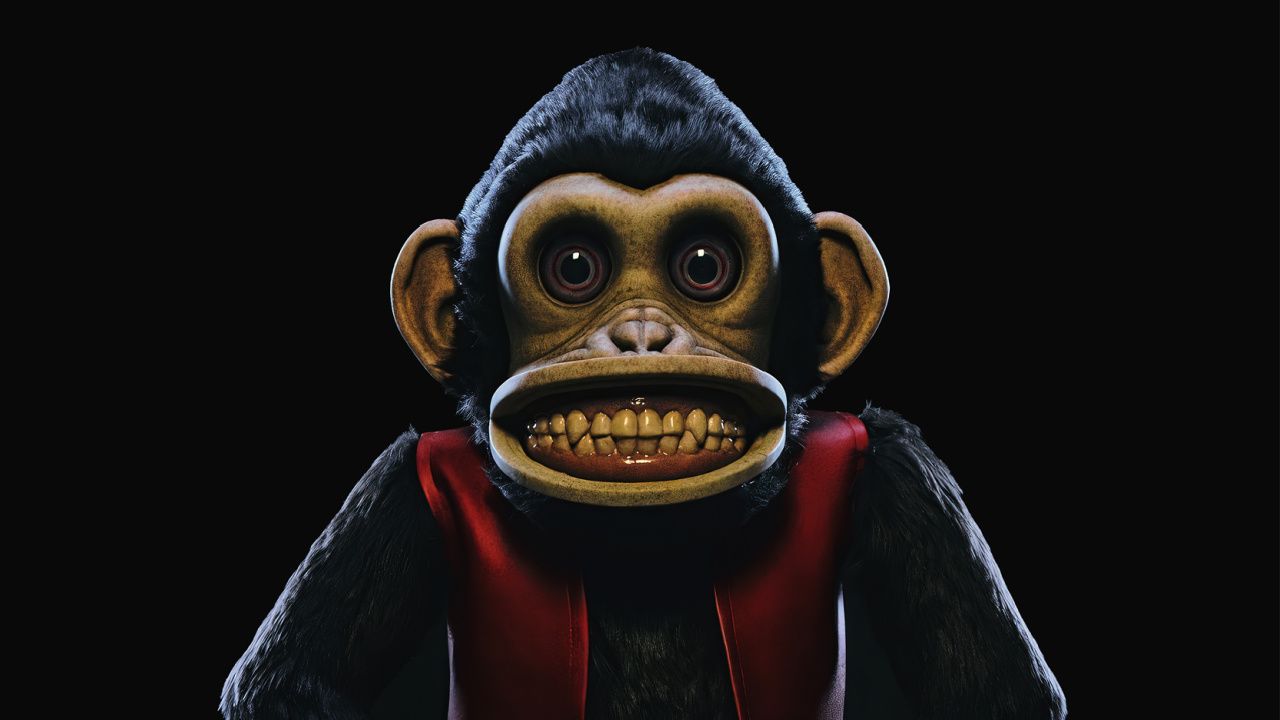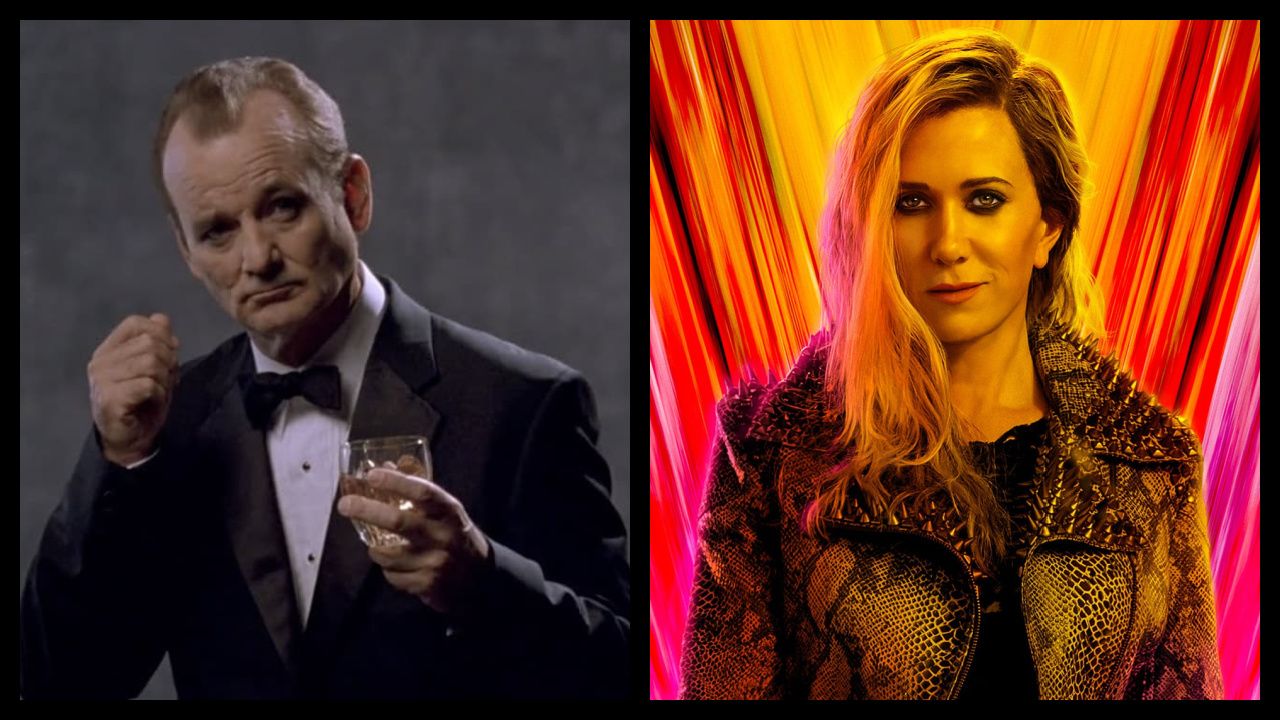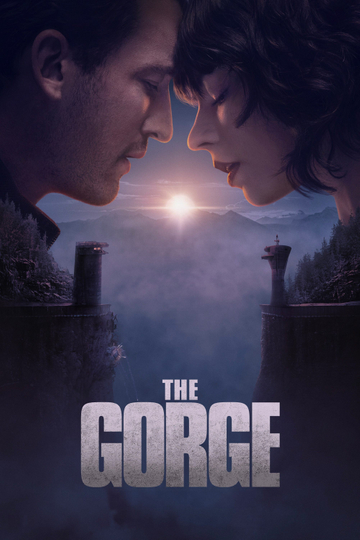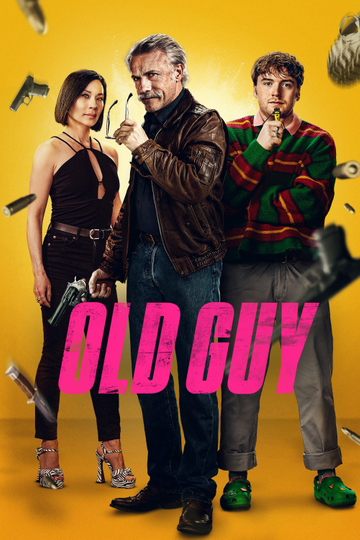'The Last Tycoon's' Matt Bomer Is a Perfect Fit for Classic Hollywood
If anyone was born to play a leading man from the Golden Age of Hollywood, it's The Last Tycoon" instead.
In the lavish adaptation of F. Scott Fitzgerald's unfinished 1941 novel set deep within the film industry of 1930s Hollywood, Bomer is, in fact, the story's leading man, playing the hard-driving, impeccably tailored film executive who's determined to put his artistic and personal principles ahead of the studio's mercenary bottom line. And as he reveals to Moviefone, it's an era that he's starting to feel almost as at home in as the modern day movie capital he lives in.
Moviefone: Does this this kind of period costume help you get to where you need to be to be this guy in this place and time?
Matt Bomer: Absolutely. I think [costume designer] Janie Bryant is brilliant. What she brought to the show in terms of wardrobe that is not only evocative, and immersive, and the time period, but also that forces you to carry your body a certain way, or posture a certain way, hold yourself a certain way. It's all part of helping the actors dip back into that time period.
Give me that moment when you were looking around and almost felt like you had traveled back in time.
A lot of scenes are quite piecemeal, so you're stopping and starting. In scenes like [the one I shot today] where the atmosphere is so grand, and so broad, those are the most immersive for me.
We've recreated a very specific moment in time: the 1937 Oscars. There are hundreds of extras here, all decked out in period attire. Everyone's speaking with the verbiage of the time and carrying themselves in the manner of that age. Moments like this that are bigger group moments are always the most immersive for me.
What did you see in this material that spoke to today, as well as to the time it's set in?
It's interesting. When I first heard from [series creator] Billy [Ray] about this project, I had just recently finished "The Day of the Locust," the Nathanael West book. I was revisiting a lot of those themes in my head, a lot of the complexity of Hollywood being very much a business -- all the things that these artists struggle to hold our identity within the context of a real business structure.
So I was kind of dealing with all those themes when he called me and brought up the project. At the time, I had been thinking about how much has changed, and how much really hasn't changed at all. And how, at the end of the day, it's largely about dollars and cents, as much as it is about art, and what kind of creative sacrifices do you have to make for commercial success, and what kind of commercial choices do you have to make to have creative success, another adventure.
I think a lot of those things are still things we're dealing with, and probably always will on some level. But I've always been interested, I think we all have. We all go to see films, and at a certain point, we think, "How did they do that? What was the choice? Why did that actor get that role? Why is that director the director?" We all want to know about the machinations behind the curtain. This role is a great glimpse into that.
What was the intrigue for you with the character? What was it about his story or his journey that intrigued you?
I like the stakes of his life in general. He's someone who has a ticking clock on his life because of his heart condition. His whole MO is legacy. How do I achieve some type of stamp on the world, and some type of immortality with these stories I'm trying to put together, in the very limited time I have? I think there's an inherent conflict and drama to having those stakes in one's life.
I also love the fact that he's really trying to bring creative integrity to a business, the business of Hollywood, and is willing to wheel and deal with Pat to get that done, Pat Brady, Kelsey [Grammer's] character, to get that done, and to maneuver and shift to try to bring as much art and integrity to the pieces he works on as he can. He's also someone who has extreme abandonment issues. When faced with abandonment, can be blinded, can be blinded by his wounds. He's incredibly warm, intelligent, he's a taskmaster. He's very cold at times. And he wasn't all good. He was a lot of different things.
Where is your interest in Hollywood history and lore and the legacy of this town?
Honestly, I didn't know a great deal about how the studios were run back in the day. I knew about the studio system, and how it affected certain actors, and how people like Montgomery Clift decided to rebel against it.
But I didn't know a lot of the specifics, so that's been one of the really fun aspects of this job, is getting to do the research, and have an appreciation for whose stand on today in the industry, and who created what, and why, and how certain things worked, and why they changed, or didn't change, why they are how they are now. Getting to dive into the whole lore of Hollywood.
Especially, we get to film a lot on Formosa, which was Mary Pickford and Douglas Fairbanks's old place. So you go back to the year, this starts in 1936 -- it's 1937 in the story now -- but "Dodsworth" was filmed on the same stage we're filming on now. All these great pieces, "The Little Foxes," were all filmed in this space. You really do feel a sense that you're kind of communing with the spirits of Hollywood in this piece.
And that's the same room where the 1937 Oscars actually happened.
There's actually an infographic around the corner where you can see who sat where. So yeah, you do definitely feel the spirits, and you definitely want to do your best work to pay tribute to them, and humanize them in a way that makes them accessible and relatable today.


